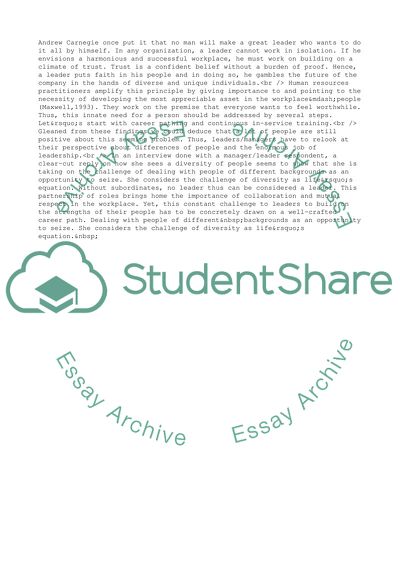Cite this document
(Challenges of Managing Diversity in the Workplace Today Case Study - 2, n.d.)
Challenges of Managing Diversity in the Workplace Today Case Study - 2. Retrieved from https://studentshare.org/management/1738130-the-core-challenges-of-managing-diversity-in-the-workplace-today
Challenges of Managing Diversity in the Workplace Today Case Study - 2. Retrieved from https://studentshare.org/management/1738130-the-core-challenges-of-managing-diversity-in-the-workplace-today
(Challenges of Managing Diversity in the Workplace Today Case Study - 2)
Challenges of Managing Diversity in the Workplace Today Case Study - 2. https://studentshare.org/management/1738130-the-core-challenges-of-managing-diversity-in-the-workplace-today.
Challenges of Managing Diversity in the Workplace Today Case Study - 2. https://studentshare.org/management/1738130-the-core-challenges-of-managing-diversity-in-the-workplace-today.
“Challenges of Managing Diversity in the Workplace Today Case Study - 2”. https://studentshare.org/management/1738130-the-core-challenges-of-managing-diversity-in-the-workplace-today.


